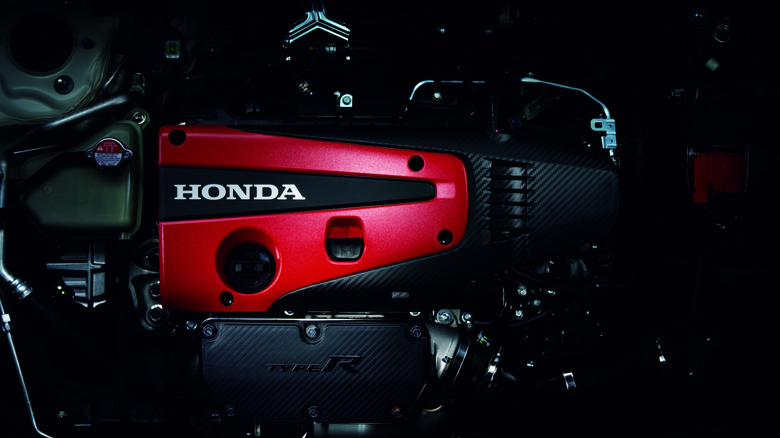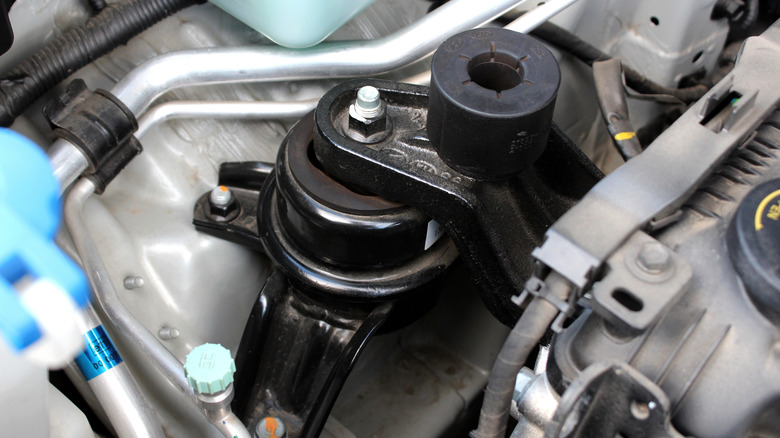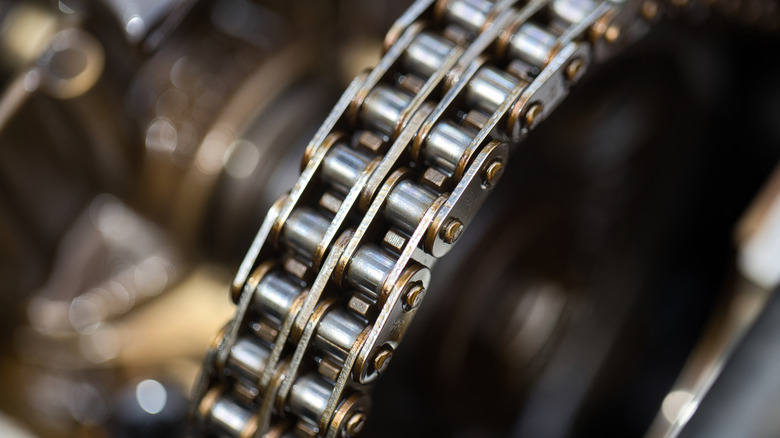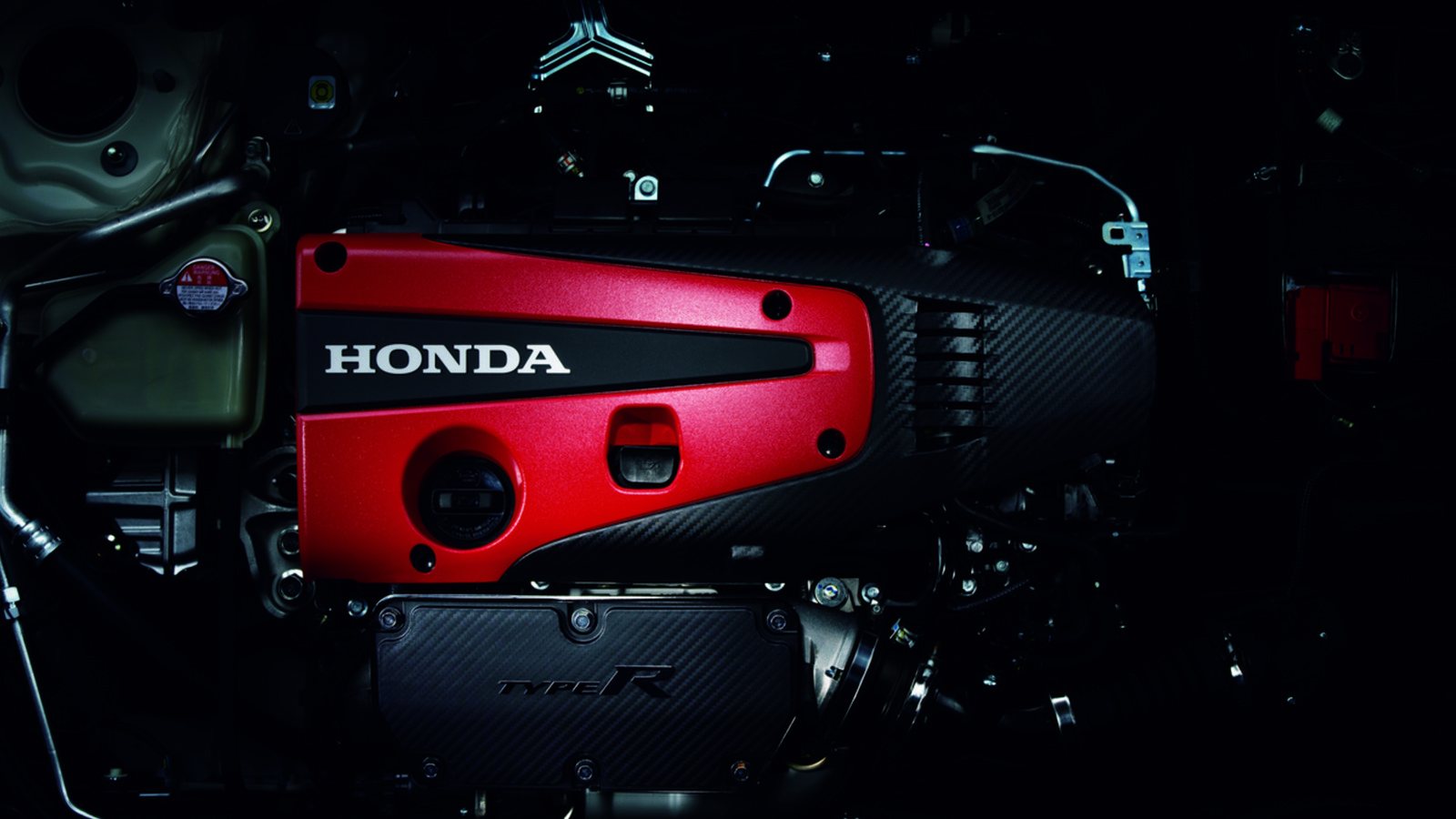 Honda Newsroom
Honda Newsroom
It's worth kickstarting this article by highlighting that yes, we know the K-series Honda engine is immensely reliable. It has powered a huge array of Honda models over the years, from performance-focused Type R models, through to efficiency-minded family wagons. The K-series also has proven itself on the tuning scene as well; it takes very well to modifications such as turbo conversions, and as such, a huge array of aftermarket parts are available for this family of inline-fours.
So, why take the time to point out common problems on such a popular and well-regarded series of engines? It's simple, really; no engine is without fault, and the K series is no exception to this rule. Instead of jumping headfirst into Honda ownership, simply citing Honda's famous reputation for reliability, it's important to do your background research and see what sort of issues may crop up. This allows buyers to both better inspect vehicles when shopping around, and to also better prepare for ownership.
In an effort to highlight the most frequently reported problems that owners face, we have consulted a varied network of sources, including CarComplaints, Consumer Reports, public forums, and social media sites. From oil leaks to excessive oil consumption, timing chain wear, and unwanted knocks and sounds, we dive into the K-series engine family's most common problems as experienced by owners, and take a look at what work is required to get them back under control, and at what cost.
Oil leaks and excessive oil consumption
 Honda Newsroom
Honda Newsroom
It's fairly typical for pretty much any type of engine to suffer from oil leaks after a certain amount of mileage or time, as gaskets begin to wear or degrade over time. Engines from within the K-series family are not immune to this, and while they can leak from just about anywhere, as can any engine, there are some common culprits worth looking out for.
The K series engines are known for leaking from the front main seal, with signs of this including the obvious stains on your engine and driveway, plus a burning smell. The smell occurs when the engine heats up and burns the excess oil; if there is a lot of oil sitting on the outside of the engine, you might also see some smoke when it's being burnt off. Quotes for replacing this gasket can seem quite high, at anywhere between $250 and $1,000. While the gasket itself will only be a handful of dollars, the labor involved to replace it is what damages your bank balance the most.
Another common weak point is the VTEC solenoid. Oil leaks from the gasket here, as the rubber deteriorates over time. The solenoid itself is another common failure point of the K-series engine, and if the solenoid itself fails, rather than just the gasket, then it will usually be accompanied by a check engine light also. If yours is leaking, it might be best to replace the entire unit, though the fitting costs can be around $500. Tackling the job yourself with an OEM solenoid should come in at around half the cost. If you are on a budget, though, the gasket alone can be purchased for less than $10.
Engine mount failure
 Best Auto Photo/Shutterstock
Best Auto Photo/Shutterstock
One of the most frustrating things to trace and diagnose in your car is an uncomfortable vibration. It could mean that your tires need tracking, it might mean that your suspension bushes have failed, or, and this is most likely the case if you're behind the wheel of a Honda, your motor mounts might have failed. This is extremely common on K20-powered cars, and what happens is that the factory mount simply deteriorates over time. This deterioration then allows for movement, so when the engine is running, vibration can be felt.
Replacing motor mounts isn't hugely expensive, but it can be quite involved, and may cost multiple hundreds of dollars if OEM parts are used. Sure, aftermarket mounts are available for much cheaper, but some Honda owners complain that these fail so quickly that it's simply not worth trying them. It is possible to save some money and to swap out the old engine mount yourself, but for the novice, it can be quite the task. The basics include supporting the engine from underneath, followed by the removal of the old mount, and then the installation of the new item. If you are using cheaper aftermarket parts, be sure to compare them to the original once uninstalled to ensure you've been sent a compatible replacement.
Timing chain rattle and stretch
 Mario Pix/Getty Images
Mario Pix/Getty Images
This one is a particular 'biggy,' and not what anyone wants their engine suffering from. Timing chains, in short, control the timing of the engine's internal movements. If they stretch over time, as many do, then this timing can fall out of the manufacturer's safe guidelines, which can result in everything from rough running and check engine lights to catastrophic engine failure. Needless to say, that's expensive to put right.
Unlike older Honda engine designs, the K-series timing chain is kept tensioned under oil pressure. At times of low oil pressure, such as when cranking from a cold start, the engine can sound a touch rattly. This hydraulic tensioner can fail too, which will result in excessive rattling upon startup, and could easily lead to the slackening of your chain, which is where the big problems really begin.
Having your timing chain and tensioner replaced could easily cost between $1,000 and $2,000, but you will be blessed with peace of mind in return, and that's still heaps cheaper than a new engine. In order to take care of your current timing gear, opt for frequent oil changes, ensure you use the correct grade of oil, opt for synthetic instead of conventional oil if appropriate for your car, and have any unusual ticking or rattling noises checked out as they appear.
As per most other automakers, Honda does not provide an interval at which you should change the timing chain – they are designed to last the lifetime of the engine itself. Some owners claim that it's possible to go 250,000 miles and onward without having to change out the factory chain, but this is dependent on the quality of oil used, how frequent the changes are, and undoubtedly how you've treated the engine when driving, too.
Excessive oil consumption
 Maksym Bulatov/Getty Images
Maksym Bulatov/Getty Images
It's rare that any Honda will have you constantly reaching for that hood release, for unfortunately, some K-series engines will have you spending a minute or two under the hood each week. That's because these engines can suffer from excessive oil consumption. It's annoying, and it will cost you a little extra in oil purchases, but as long as you keep it topped up, you should still be able to keep motoring.
There are countless posts out there showing owners complaining about this issue; in fact, Honda even offered extended warranties on affected K24-equipped CR-V and Accord models some years ago. They would test the oil consumption by draining and refilling the oil, then you'd simply drive it, and inform them of the mileage when the low-oil light next came on. Apparently, the issue was exacerbated by owners who would rev their engines from cold and use low-quality gas.
While you might have to top up your oil on a regular basis if the engine is leaking, this particular issue was more down to the fact that the engine was actually burning oil. It's not totally uncommon, and there are signs to look out for. Notably, a burnt oil smell and blue smoke from the exhaust, too.

